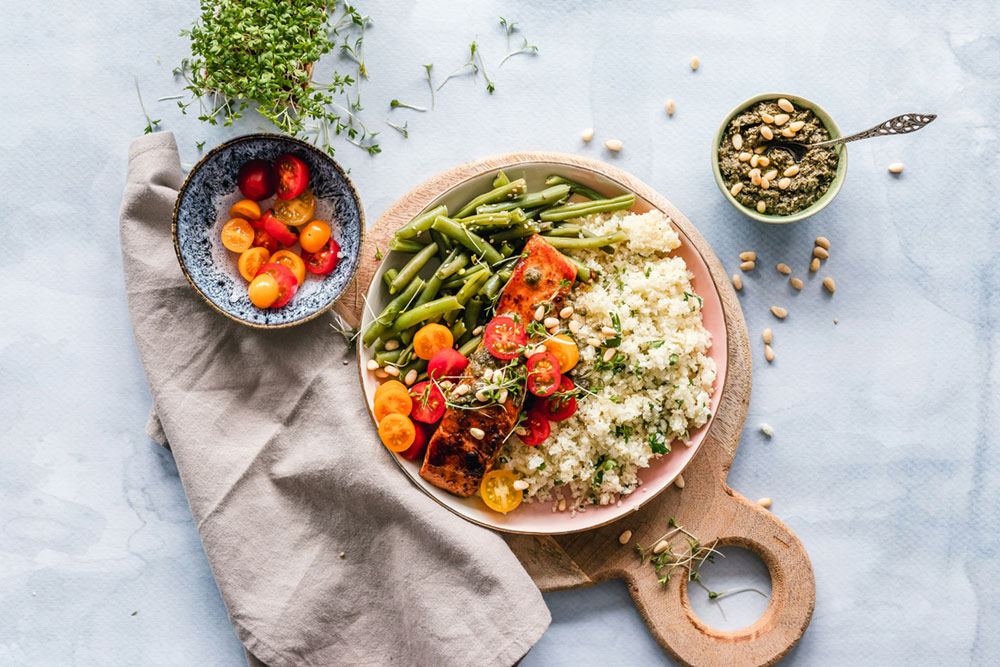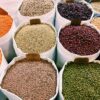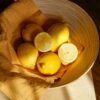The circulatory system brings many substances to cells and then removes waste products that are the result of metabolism. Some of these substances cannot enter or return through the capillary walls, including excess fluid and protein molecules and they are then returned to the blood as lymph.
Sewer or Subway? (as one study put it)
Until recently, the lymphatic system has been regarded as the sewer of the vasculature (the network of blood vessels), draining fluid, proteins and lipids (fats) from the interstitial (means between things) spaces into the blood. Recent studies show that the lymphatic role in lipid transport is an active and complicated process. When lymphatic function is compromised, there are consequences to lipid metabolism and transport, which can result in lipid accumulation throughout the body. Uh-oh. That’s not good. Yet another reason to think more about the health of this important system.
Major parts of the system are the spleen, bone marrow, thymus gland, lymph nodes, adenoids and the tonsils.
Lymph vessels collect this interstitial fluid and return it to the bloodstream by first emptying it into tiny vessels and then emptying it into large veins called thoracic ducts in the upper chest near the neck. The thoracic duct runs right up through the chest and empties into the blood through a large vein near the left side of the neck. The right lymphatic duct collects lymph from the right side of the neck, chest, and arm, and empties into a large vein near the right side of the neck.
Located in the upper left part of the abdomen under the ribcage, the spleen clears out worn red blood cells and other foreign substances from the bloodstream to help fight off infection.
Lymph nodes are little blood filters and can be up to the size of an almond. Most of the lymph nodes are found in clusters in the neck, armpit, and groin area, but are also located along the lymphatic pathways in the chest and abdomen. Inside the lymph nodes, lymphocytes (white blood cells) help the body fight infection. All lymphocytes develop in the bone marrow from immature cells called stem cells. Lymphocytes that mature in the thymus are called T-cells. The thymus is the largest at puberty and weighs a little more than an ounce. It may be small, but it plays an important role in the body’s immunity mechanism. Other lymphocytes mature in the bone marrow or lymphatic organs and are called B-cells.
You are the Pump
Unlike the circulatory system that has the heart as a pump, the lymphatic system does not have a pump but relies on movement to move fluids around your body. Yet another important reason to move your body! Here are some easy tips to keep your lymphatic system moving.
• A blond and a brunette walked into a bar….or whatever joke you care to think of that makes you laugh. A deep belly laugh causes your diaphragm to move up and down acting as a pump for the lymphatic system. Yet another reason to laugh, besides stress relief.
• Many of your lymphatic vessels are enmeshed inside your muscles. Moving generates pressure against the lymphatic vessels causing the flow of fluid. Get moving!
• Jump on a trampoline or a rebounder. The up and down motion moves fluid. Someone told me once that flying with a jet pilot at the speed of sound cleared out his swollen ‘glands.’ Not sure that is a great idea-possibly our bodies are not meant to work quite that fast! By the way, lymph nodes aren’t really glands.
• Healthy heart, healthy lymphatic system. Your arterial blood vessels produce strong pulsations that also generate movement against adjacent lymphatic vessels. Aren’t our bodies amazing?
• You’ll love this one-get a massage. Massage stimulates the lymph nodes and helps them to drain. This is good for most people, but see your health practitioner and ask if lymphatic massage is appropriate for you.
Healthy foods and adequate water promote flexible blood vessel walls. Yes, there is always a healthy eating component when you are learning about your body. Here are some easy food and water tips to keep your lymphatic system healthy.
• Drink enough pure water. Most people should drink about 8 glasses a day. I drink more; you might drink a little less.
• Toxins, whether they are in your food or in your hair and skin products put an extra strain on your lymphatic system. Avoid artificial sweeteners, excess sugar, refined foods and foods with preservatives. Eat organic food when you can.
• Healthy fats are good for your lymphatic system. Good sources include essential fatty acids found in flax seeds and oil, hemp seeds and oil, walnuts, almonds, pumpkin seeds and cold-water fish, such as salmon and sardines. Be sure to purchase raw nuts and seeds and if you want them roasted, do so yourself.
Your lymphatic system needs to flow freely. When it backs up, there’s trouble. Not only are the building, repair and waste disposal systems affected by a disruption, such as what happens when you’re a complete couch potato, but also the body’s defenses against foreign substances are compromised. In addition to filtering out toxic materials, the lymph nodes also produce substances that fight off viruses and bacteria and destroy abnormal cells, such as cancer cells. Besides being part of the body’s plumbing and repair system, the lymphatic system is an essential part of our immune system, so take good care of it.














